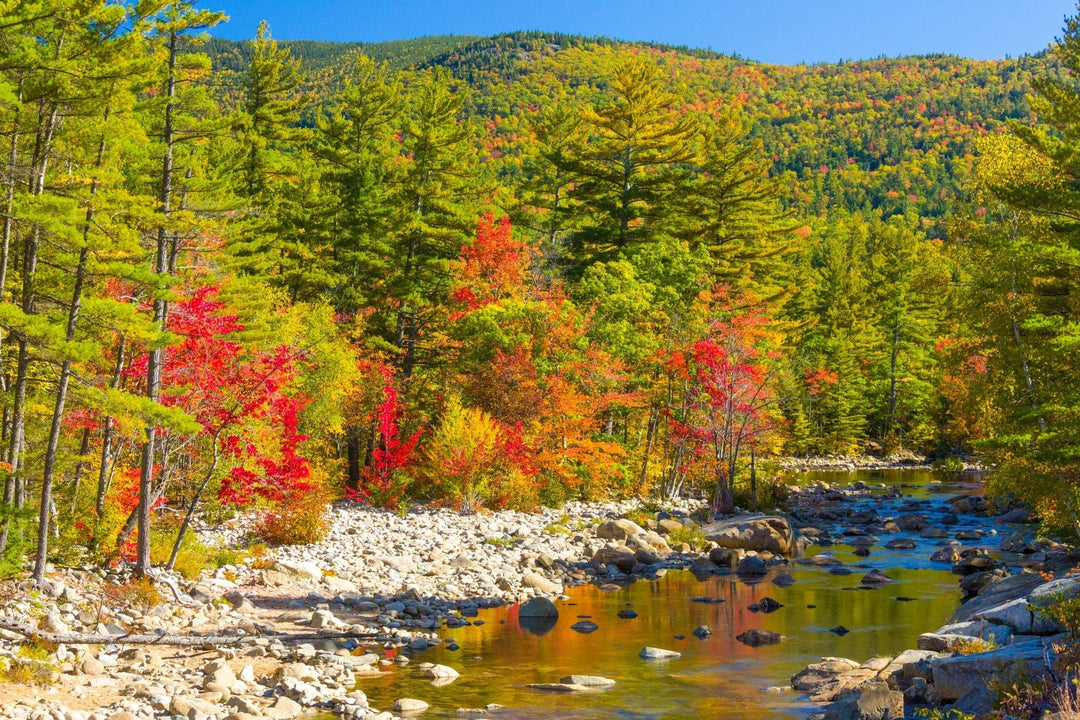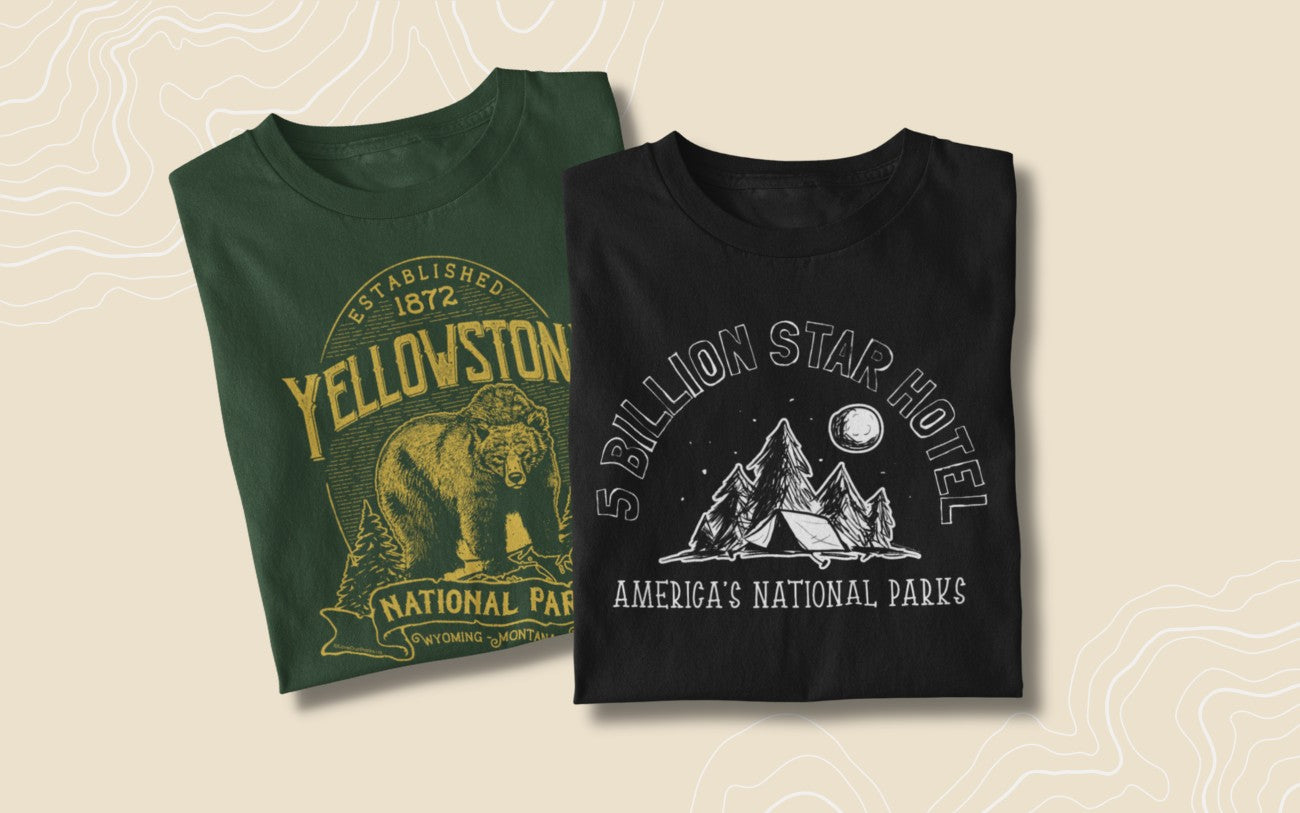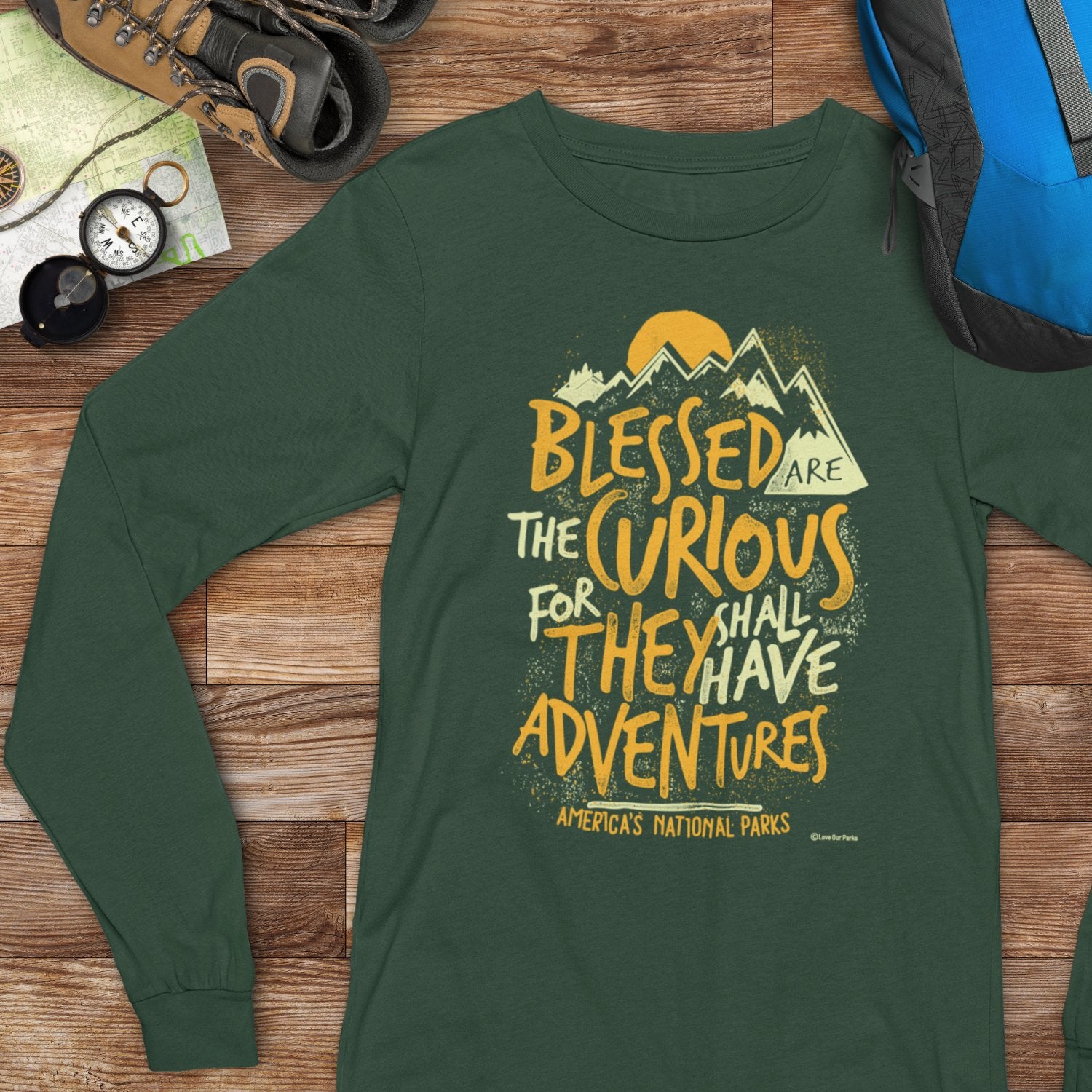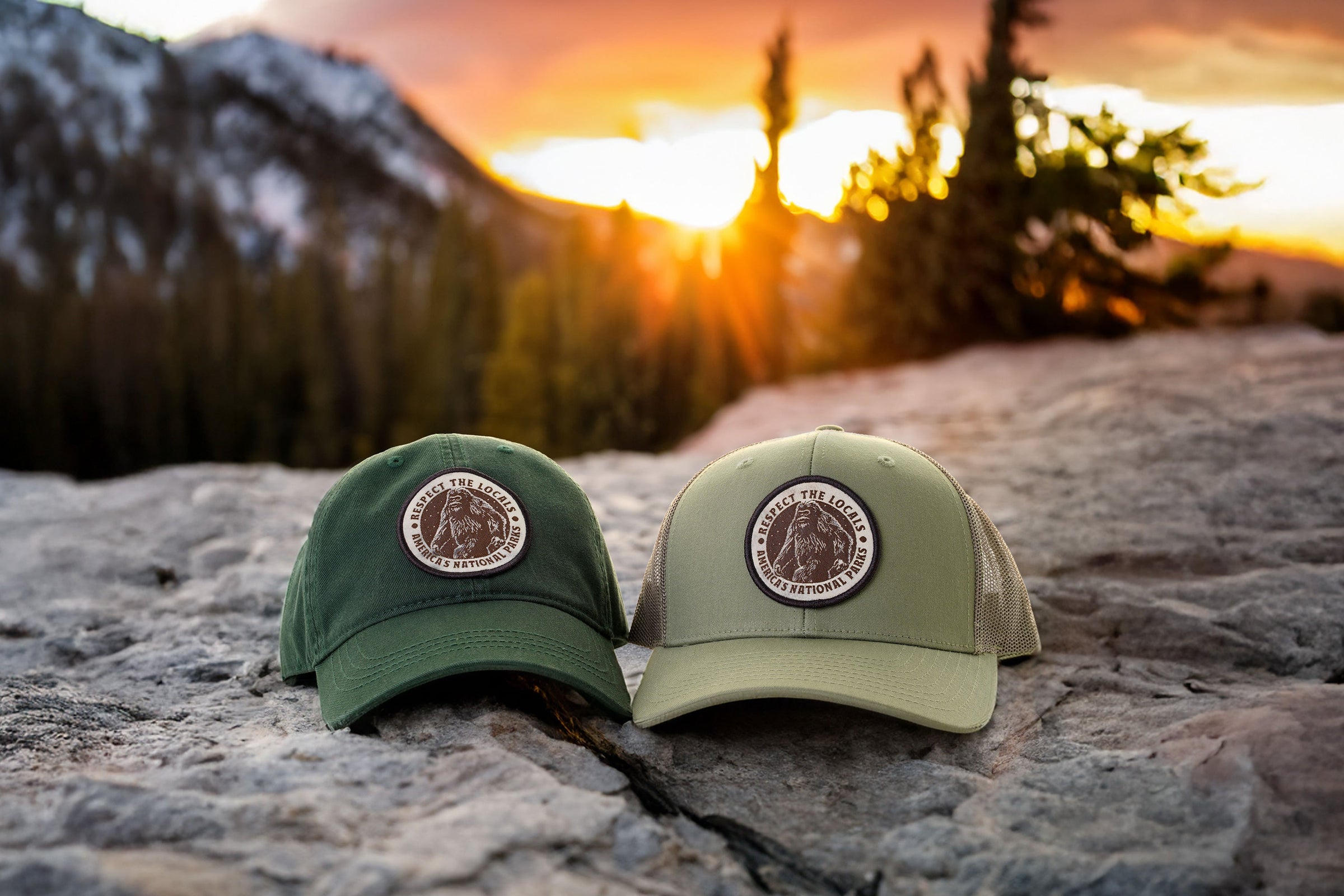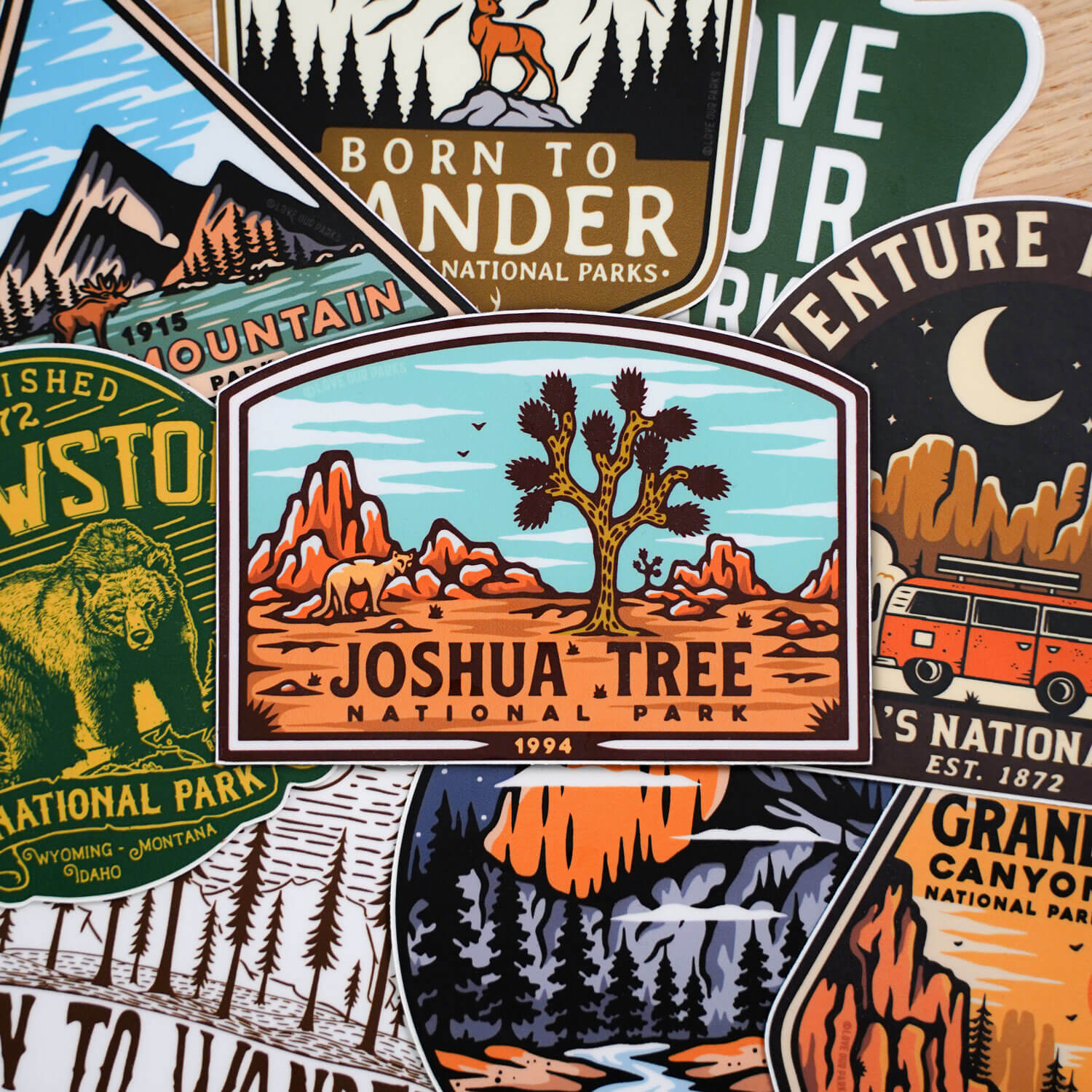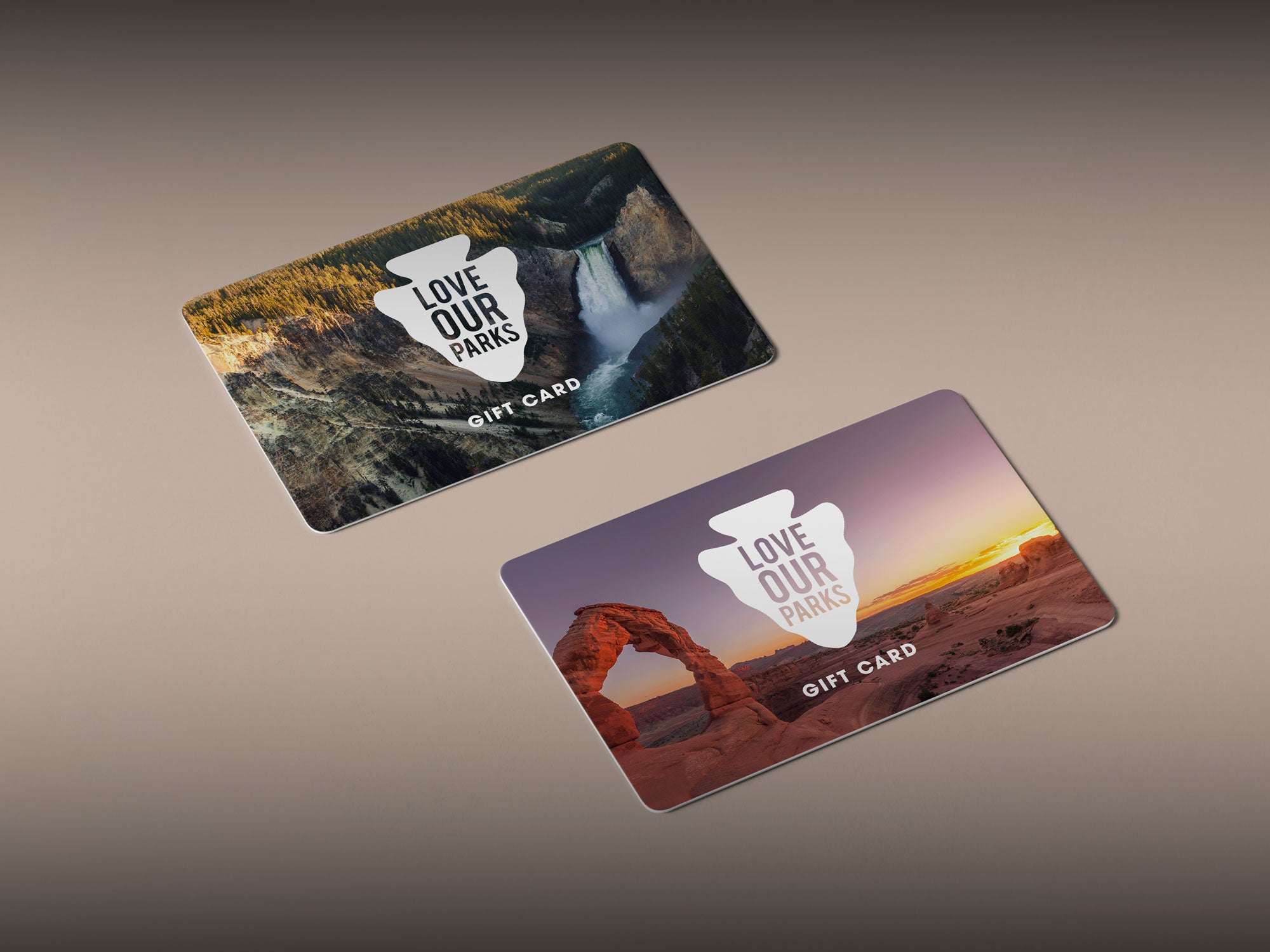Hike Smart, Stay Safe: Bear Safety Tips for Your Next National Park Adventure

At Love Our Parks, we’re all about inspiring people to explore America’s wild places—but exploring responsibly is just as important. If your next adventure takes you into bear country, being bear smart can mean the difference between a memorable hike and a dangerous situation. Whether you're headed to Yellowstone, Glacier, Denali, or any of the many wild places bears call home, here’s your essential guide to hiking safely and respectfully in bear territory.
How common are bears in National Parks?
Bears are relatively common in many U.S. National Parks, especially those with large wilderness areas and abundant food sources. There are two main species found in parks:
Black bears are the most widespread and can be found in over 40 national parks, including Great Smoky Mountains, Yosemite, Shenandoah, and Yellowstone.
Grizzly bears (a subspecies of brown bear) are less widespread and primarily found in parks in the northern Rockies and Alaska, such as Yellowstone, Glacier, and Denali.
While bear encounters are rare and attacks even rarer, sightings are not uncommon in parks where bears are known to live. Visitors are encouraged to follow bear safety protocols, especially in high-risk areas or during peak bear activity seasons (spring and fall).
Why is Bear Safety Important?
Bear safety is critically important not just for protecting people, but also for protecting bears.
When hikers follow bear safety guidelines—like following the tips included in this article—they reduce the chances of a dangerous encounter. This helps keep people safe from potential injury, but just as importantly, it helps keep bears wild and alive.

Illustration: A bear accessing food in an unprotected campsite
When bears gain access to human food or garbage, they can lose their natural fear of humans. This often leads to habituated behavior, where a bear begins seeking out campsites, trails, or cars looking for food. Once a bear becomes a "problem bear," park rangers may be forced to relocate it—or, in many cases, euthanize it—to prevent future risk to the public.
So practicing bear safety is a two-way street:
- It protects you—and it protects them!
By being a responsible visitor, you’re helping ensure that future generations can enjoy seeing wild bears where they belong: roaming free in the forests, mountains, and meadows of our National Parks.
Let's get into our bear safety tips:
1. Be Aware of Your Surroundings

Photo credit: National Park Service
- Stay alert: Keep your head up and eyes scanning the trail. Watch for bear signs like tracks, scat, overturned rocks, or claw marks on trees.
- Avoid headphones: Nature’s soundtrack is better anyway—and being able to hear movement or rustling brush helps you detect wildlife before it detects you.
- Be mindful of the landscape: Bears love areas with dense vegetation, water access, and food sources like berries or carcasses. Proceed with caution.
2. Make Noise

Photo via Unsplash
- Talk, sing, or clap: Making noise helps alert bears to your presence so they can avoid you.
- Be extra loud in low-visibility areas: Windy ridges, noisy streams, and blind curves can mask your presence—speak up!
- Don't surprise a bear: Most negative encounters happen when a bear is startled. Let them know you’re coming.
3. Store Food and Scentables Properly

Photo credit: National Park Service
- Use bear-resistant containers: These are the best way to keep bears (and your food) safe. Bear boxes are common in many parks.
- Hang food if necessary: If containers aren’t available, use a bear bag hung at least 10 feet up and 4 feet from the nearest trunk.
- Clean up thoroughly: Wash cookware and dispose of food waste far from your tent and water sources.
- Keep a “no scent” sleep zone: Store food and toiletries at least 100 feet away from your sleeping area.
4. Know What to Do in a Bear Encounter

Photo via Unsplash
- Stay calm: Talk to the bear in a low, calm voice. Don’t scream or run.
- Slowly back away: Keep the bear in sight and don’t turn your back.
- Look big: Raise your arms, spread out a jacket, or hold up your pack.
- Use bear spray: If the bear charges within 30–40 feet, aim low and deploy your spray in a sweeping motion.
- If attacked: Play dead (grizzlies) or fight back (black bears). Lie flat, protect your neck, and stay still until the bear leaves.
5. Other Important Tips
- Travel in groups: Groups are noisier and less likely to surprise a bear.
- Leash your dog: Dogs can provoke bears if unleashed and may lead them back to you.
- Never feed bears: It’s illegal and puts future hikers—and the bear—in danger.
- Respect bear habitat: If you see a bear, admire it from a distance. Don’t try to get closer for a photo.
Respect the Locals
Being bear smart is about more than just protecting yourself—it’s about being a responsible visitor to wild places. When you hike with care and awareness, you help preserve these incredible places and the wildlife that call them home.
So next time you lace up your boots and hit the trail, remember: you’re a guest in bear country. Hike like it.
Stay safe, stay wild,
– The Love Our Parks Team
P.S. Love the outdoors?
Check out our Respect the Locals Grizzly Tee—a wearable reminder that wild animals deserve wild spaces. Designed and printed in the USA. 1% of every purchase goes directly to National Park protection efforts.

Respect the Locals Tee – Available now in our shop!





